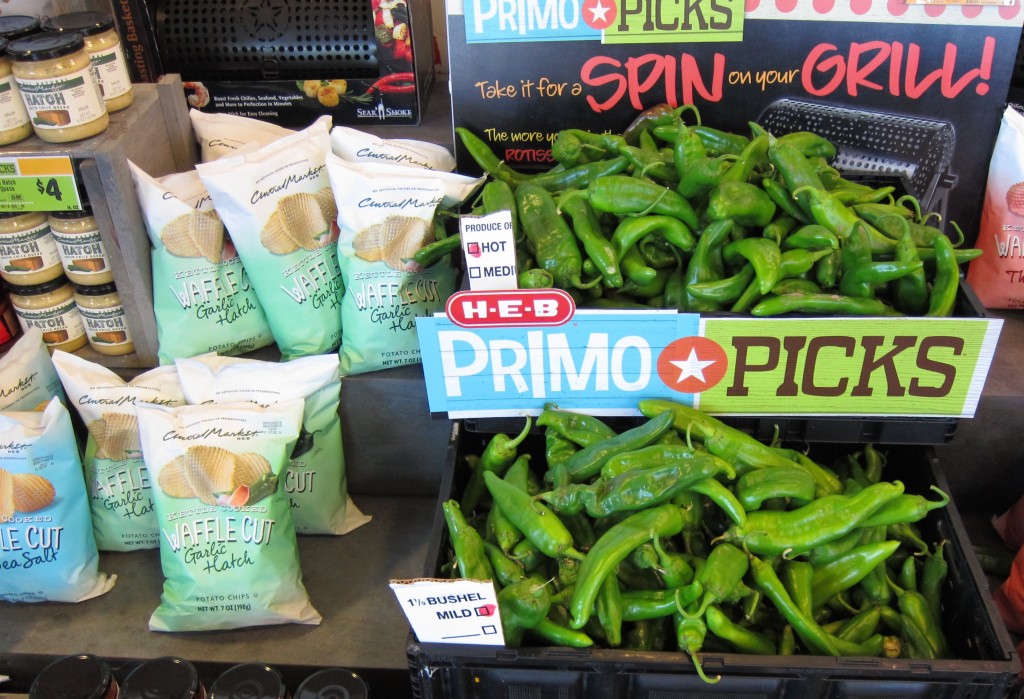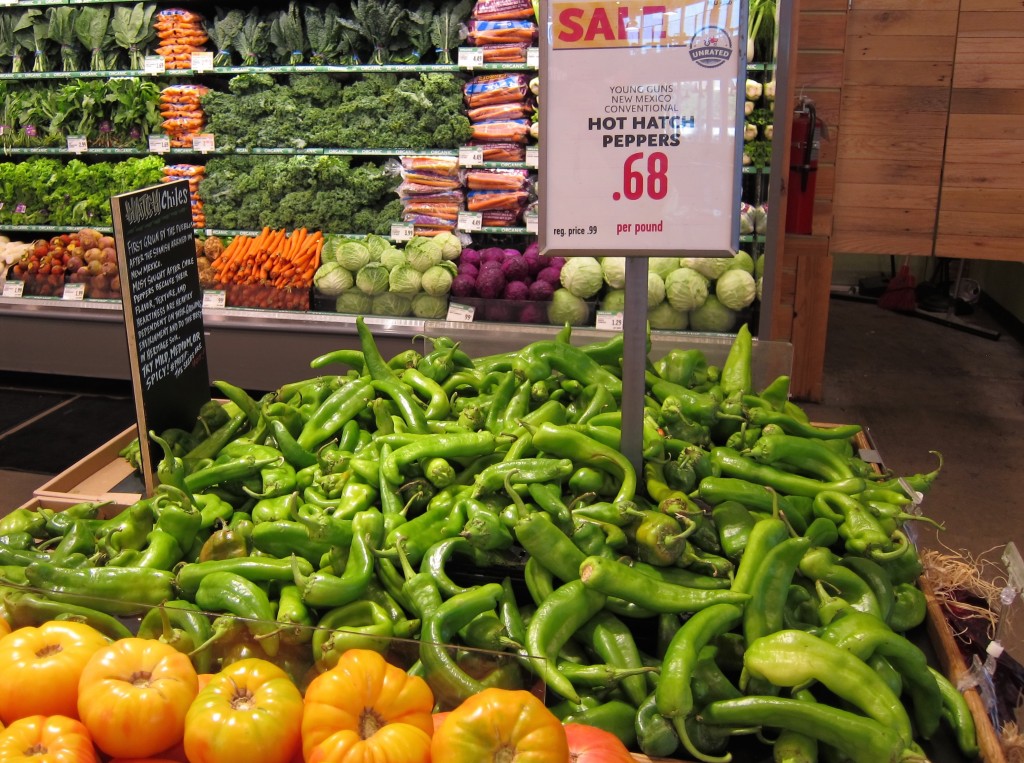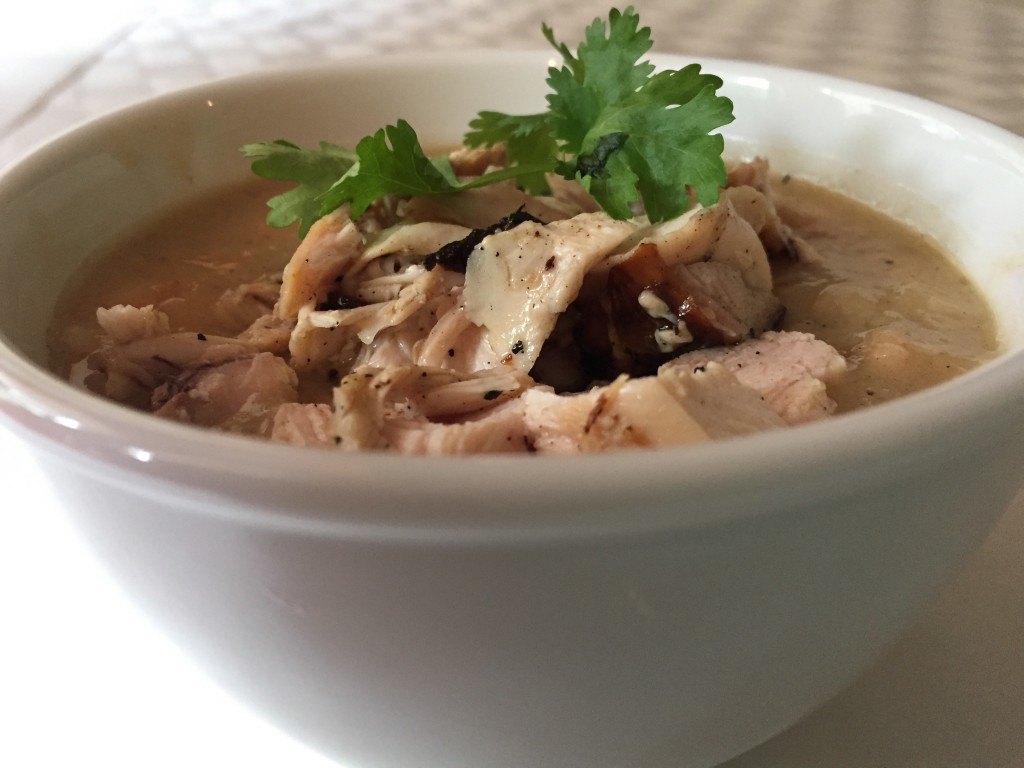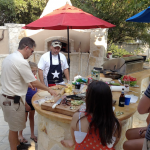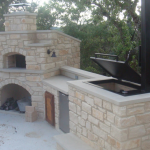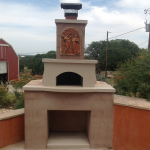Hatch Chiles
The grocery stores in our area are filled with colorful promotions for Hatch chiles and chile products. Since growing season for this popular pepper is short, enthusiasts look forward to the annual return of fresh Hatch chile peppers. How do you use Hatch chiles? In any number of things: salsa, sauces, tamales, chili, brownies, sausage, chips, queso. I’ve included one of my favorite recipes, and you’ll find plenty of others online.
Most Hatch chile recipes begin with roasting the peppers. Wood-fired ovens make the roasting step easy. In a moderately hot oven, place the peppers on a grill or baking pan and char them all over. After the peppers are blistered and charred, put them under a towel or in a paper bag for 10-15 minutes to steam the skins. Carefully slit the peppers and remove the seeds and membranes with a spoon. (Some cooks prefer to remove the seeds and membranes before charring. You can do it either way, but be careful of the juice!) How to remove the charred skin? Gently peel it off. Roasted, skinned and seeded–ready for the recipes invented for them (some recipes use the charred skins to infuse stocks and sauces).

Stores will often roast chiles if you buy 20-30lbs, but a wood-burning oven makes it easy to roast a large batch of chiles at one time without buying more than you want.
Wouldn’t another pepper do just as well? Are Hatch chiles worth the celebration and publicity they get? Are they really that different from an Anaheim? Yes, they are worth the publicity and they’re not just another Anaheim. Their uniqueness has something to do with the concept of wood-fired ovens, of community, of regional farming, of heritage grains, of appellate French wines, coffee and chocolate, agave and maple syrup—certain foods taste better when they are grown in specific areas—grown in what is known as their heritage soil.
The New Mexico Chile Pepper, specifically NM No. 9, developed by Dr. Fabian Garcia in 1913, scientific name, Capsicum annum, when grown in the Hatch Valley has a unique taste, flavor, and texture. There, in its specific environment, in its heritage soil, the chile grows best. The Hatch chile retains its consistent character by growing in the Hatch Valley. The New Mexico Chile Pepper No. 9 grown elsewhere in New Mexico or in another place like Anaheim, CA has a different taste and character. It is said that Chile tasters who are as skilled in identifying peppers as sommeliers are in identifying wine, can tell if a pepper was grown in New Mexico and if it came from the Hatch Valley.
When you pick up some Hatch chiles at the local grocery, roast them in the wood-fired oven, and think about their uniqueness. It’s not often we can enjoy something grown in heritage soil.
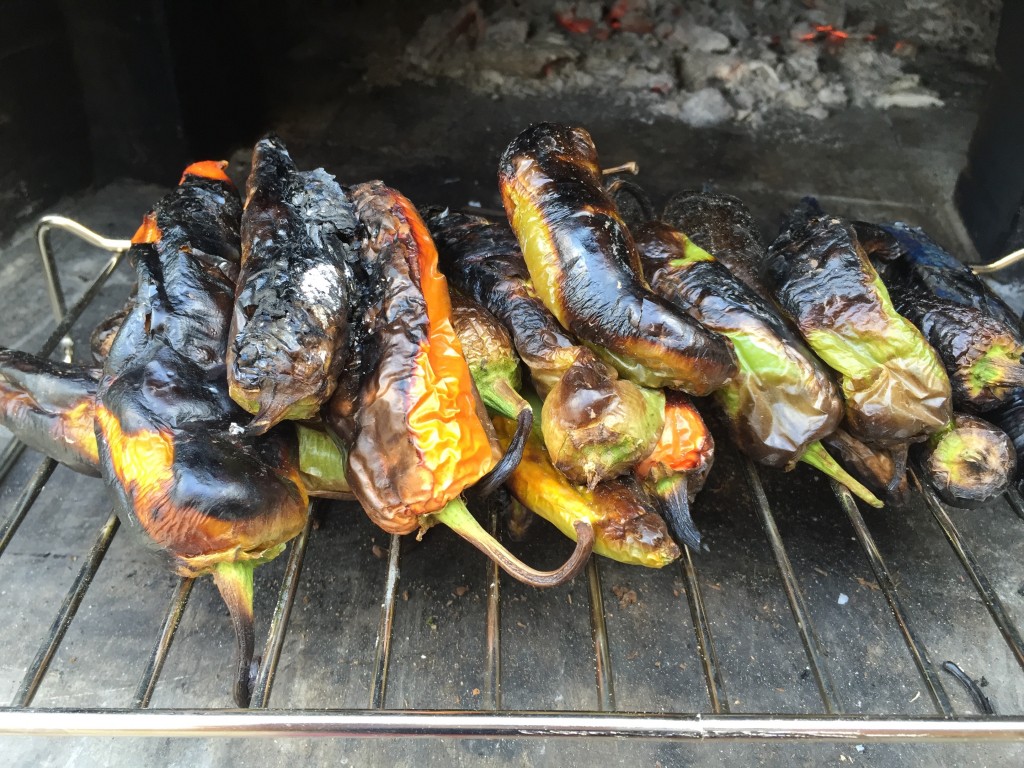
The radiant heat and natural convection in a wood-burning oven mean you can roast chiles over coals and never have to rotate them to get a nice char all the way around.
Roasting Hatch Chiles
Place chiles on a grill or roasting rack over mature coals in a medium hot oven.
The radiant heat from the oven dome and natural convection combine to create a beautiful char on all sides of the chiles. When I went out to rotate these chiles I found they had charred evenly and quickly.
Don’t just toss the charred skins
Some Hatch enthusiasts say to peel roasted chiles under running water. I feel like you lose too much chili flesh.
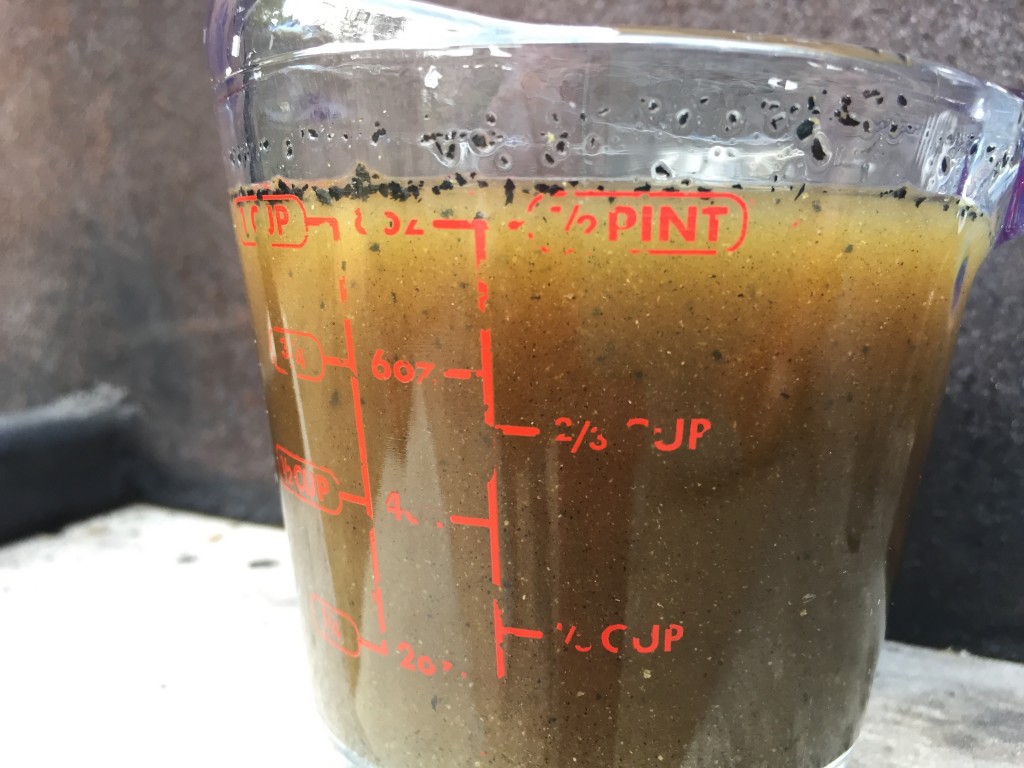
Peel roasted chiles in chicken stock. Strain out seeds and skins to leave behind a hint of smoke and heat.
We tested the technique used by the Food Lab for dry chiles: peeling them in a small amount of chicken stock (How to clean and prepare dried chiles). The chicken stock picks up extra heat and smokiness from the charred skin and seeds. Strain the broth and discard the skins and seeds. The broth makes a great flavor enhancer for the white bean chili below or any savory dish needing a little depth of flavor.
Creamy White Beans & Hatch Chili with Fire-roasted Chicken
We cooked white beans in chicken stock (after soaking them in salt water overnight) and then added pureed onion, garlic and roasted Hatch chile flesh to make a spicy, creamy white chili. Add roasted chicken (see the technique in our blog on using your wood-fired oven as a Tandoor) and cilantro to make this a delicious summer supper.
Spicy White Bean Dip
Follow the directions for white bean chili but omit the chicken and cilantro. Instead process the beans, stock, hatch, onion and garlic in a blender and add a bit of lime juice. Salt to taste and serve with a crusty baguette.


